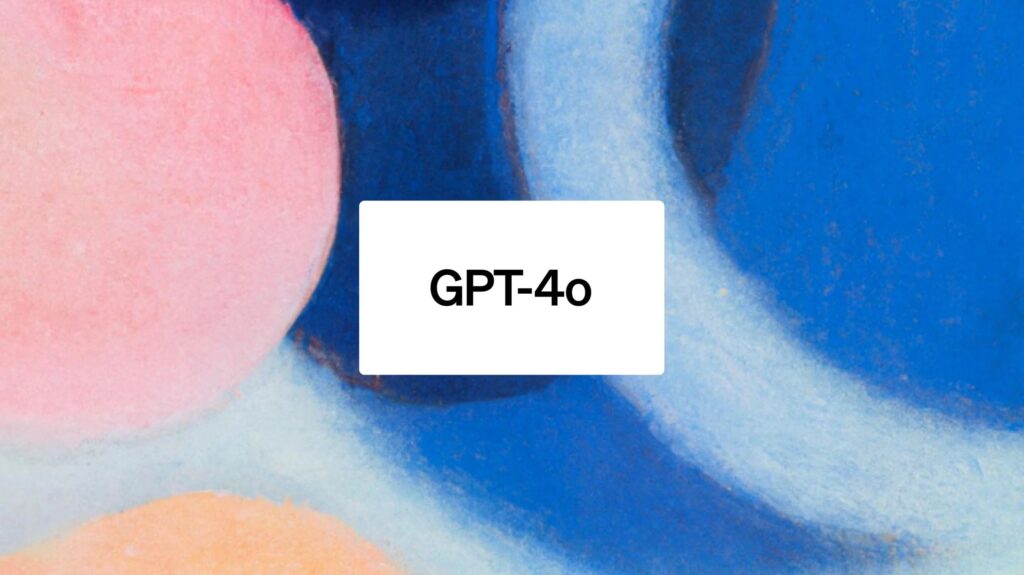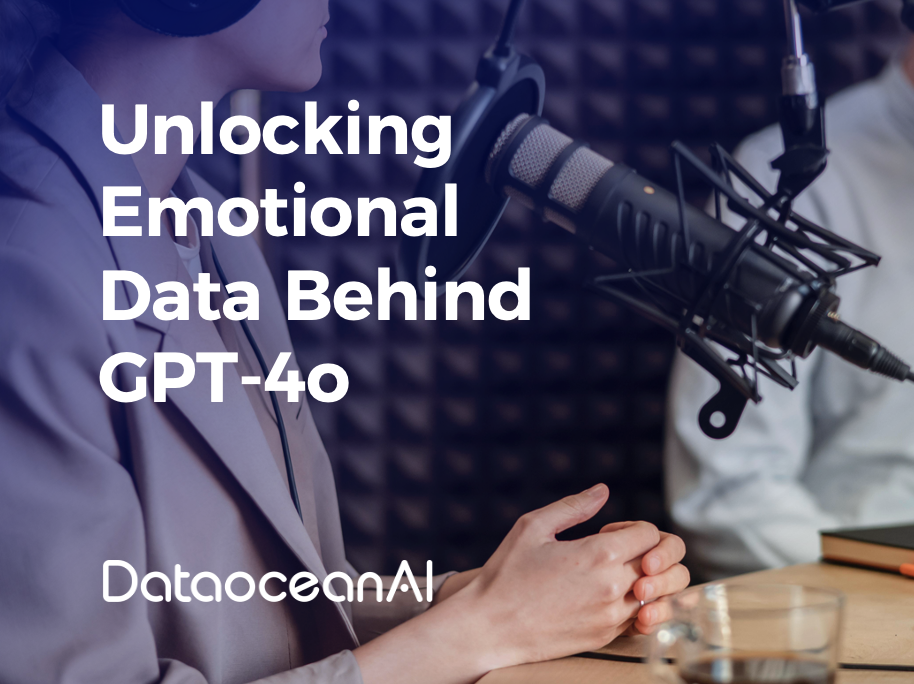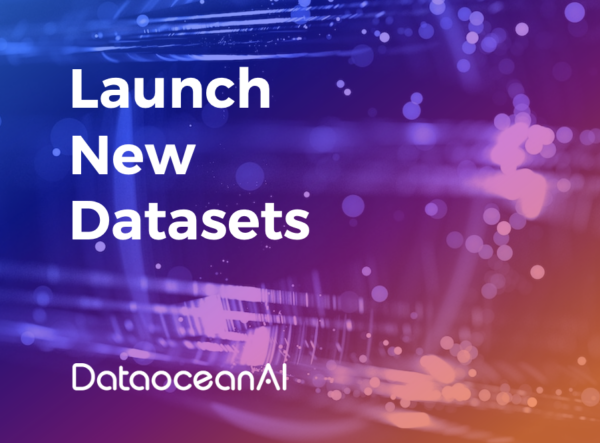GPT-4o can already be considered an emotionally rich and human-like intelligent voice assistant, or more accurately, a “new species” that is increasingly approaching human interaction.
This powerful model also has the ability to understand and synthesize text, images, videos, and voice, and can even be seen as an unfinished version of GPT-5.

Click here to watch how they operate Chatgpt4o.
Emotional Rich Real-time Voice Interaction
The conversational capabilities previously demonstrated by ChatGPT were achieved through a pipeline consisting of three separate models: one model transcribes audio into text, GPT-3.5 or GPT-4 processes the text and outputs it, and the third model converts the text back into audio. GPT-4o, on the other hand, can adjust the tone, speed, and emphasis of the voice based on the emotional content of the text, thereby expressing emotions such as joy, anger, sorrow, and happiness more naturally. It enhances the clarity and naturalness of the voice, reduces the mechanical feel, and makes the generated voice closer to a real human voice.

Comprehensive Multimodal Interaction
GPT-4o has become a leading large multi-modal model by integrating image recognition, video scene recognition, and voice processing. Users can interact with ChatGPT more naturally, enjoying instant feedback and the ability to participate dynamically. GPT-4o can even recognize subtle changes in tone and generate responses in different emotional styles, including singing.

Emotional Value Brought by GPT-4o
ChatGPT-4o can better understand the emotions and intentions of users. It can more accurately identify emotional signals in conversations, such as tone and language choices, and adjust its responses accordingly, making the communication more natural and humanized.
ChatGPT-4o is capable of personalizing adjustments based on the conversation history and user preferences, better adapting to the emotional needs of different users. This personalization is not limited to language style but also includes sensitive responses to the user’s emotional state, providing a more considerate and targeted interactive experience.
The Current Distance Between AI and “Movie-Her”
The Scarcity of Emotional Synthesis Data
Current AI primarily “understands” emotions by analyzing patterns in language and speech, such as expressing happiness or sadness by changing intonation and speed. However, these expressions often lack the subtlety and complexity of human emotions and cannot fully replicate the richness and natural fluency of human emotions.
The authenticity and adaptability of human emotional speech are formed through years of social interaction and experience accumulation. AI can express preset emotions in given contexts, but they are still limited in adapting to new situations and dynamically adjusting emotional expressions.
Scarcity of End-to-End Multimodal Data
GPT-4o has become a pioneer in the performance of multimodal large models. The difficulty in training multimodal large models lies in the scarcity of multimodal data. The collection and annotation of multimodal data are challenging, with high difficulty in ensuring diversity and consistency, and the large demand for data volume, which constitutes the main challenges in training multimodal large models.
Multimodal data includes text, images, audio, video, etc. The collection and annotation process of these data is very complex and time-consuming. For example, video data requires frame-by-frame annotation of objects, actions, and background environments in the frames, and audio data requires fine annotation of the speaker’s emotions, tone, and background noise, etc.
In addition, the data of each modality needs to be consistent in content and time, ensuring its diversity and consistency is particularly difficult, especially in cross-cultural and language data collection. Multimodal models require a large amount of data to learn the relationships and interactions between different modalities, which not only requires a huge amount of storage space but also powerful computing resources.
Dataocean AI’s Multi-Emotional Dataset: Speech/Text/Images/Multimodal
To address the challenge of the scarcity of multimodal data, Dataocean AI has launched a multimodal dataset. The dataset includes digital human mouth broadcasting and lip movement datasets, widely used in scenarios such as digital humans, virtual anchors, and online education. It covers various data types including video, images, audio, and text, and has been collected and annotated with high quality to ensure the accuracy and consistency of the data.
Dataocean AI’s emotional speech synthesis dataset spans hundreds of hours, covering multiple languages including Chinese, Thai, and Vietnamese. It includes 17 emotions such as happiness, sadness, anger, surprise, hatred, fear, and neutrality, and covers a wide range of “personalities” like professional white-collar workers, elderly empresses, sunny teenagers, and kung fu uncles. It can be widely applied in fields such as audiobooks, film and television dubbing, and digital humans, enhancing the emotional expression capabilities of models.
King-TTS-165 Thai Female Speech Synthesis Corpus (Mature and Aged Film Dubbing)
King-TTS-166 Thai Male Speech Synthesis Corpus (Cold and Elegant Film Dubbing)
King-TTS-145 Vietnamese Female Speech Synthesis Corpus (Gentle and Mature Film Dubbing)
King-TTS-147 Vietnamese Male Speech Synthesis Corpus (Cold and Elegant Film Dubbing)
Dataocean AI’s speech recognition emotional dataset extensively covers age groups such as adults, children, and the elderly, and also includes emotional dialogue datasets in foreign languages like U.S. Spanish and Mexican Spanish. By recognizing user emotions through speech recognition, it allows the model to better understand the user’s emotions and state, thereby providing a more humanized interactive experience.
King-ASR-621 Chinese Mandarin Kids Emotional Speech Recognition Corpus (Mobile)
Dataocean AI’s Multi-Emotion Corpus includes 18 fine-grained emotional tags such as calm, angry, happy, sad, and scared, with a total of over 320,000 sentences and 8.7 million characters. The texts are all set according to the established character biographies, conforming to the characteristics of the characters in multi-emotional data. In fields such as customer service, education, and entertainment, it can enhance the language model’s ability in emotional recognition and generation, providing a richer and more personalized user experience.
Dataocean AI’s Emotional Image Dataset includes a variety of emotions such as happiness, anger, sadness, surprise, and calmness. It is annotated for facial expression recognition, emotion classification, and face detection. The collection environment is complex and diverse, and the subjects cover a diverse population ranging from 5 to 70 years old, with a total of over 100,000 video clips and 500,000 images. It can be used for tasks such as face recognition, facial posture, facial expression, object detection, and lip movement training.
King-IM-001 Emotion Kids
King-IM-002 Emotio Adults
King-IM-071 Facial Expression Image Corpus
Welcome to contact us
Get a sample of the multi-emotion dataset
Email inquiry: contact@dataoceanai.com









